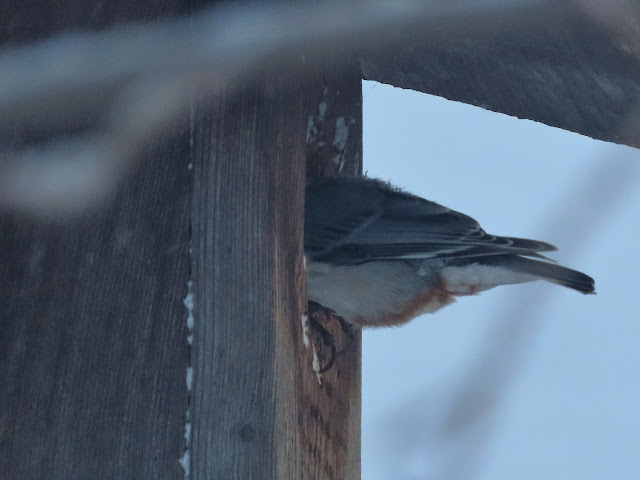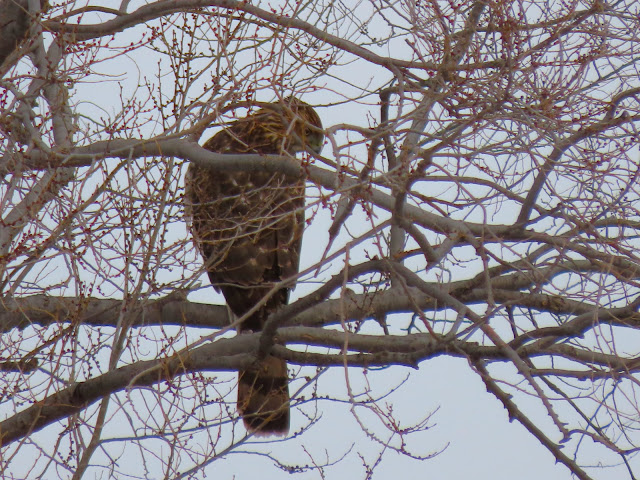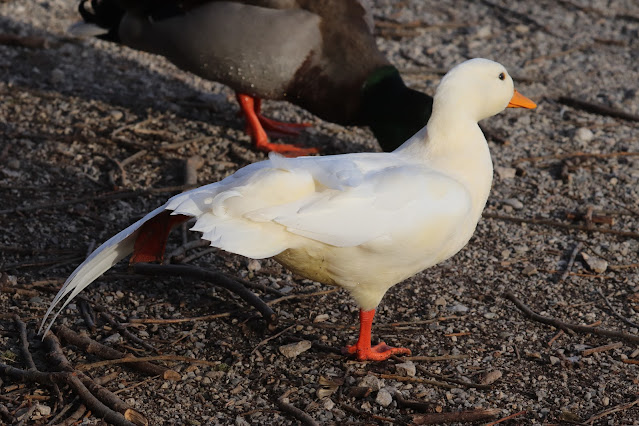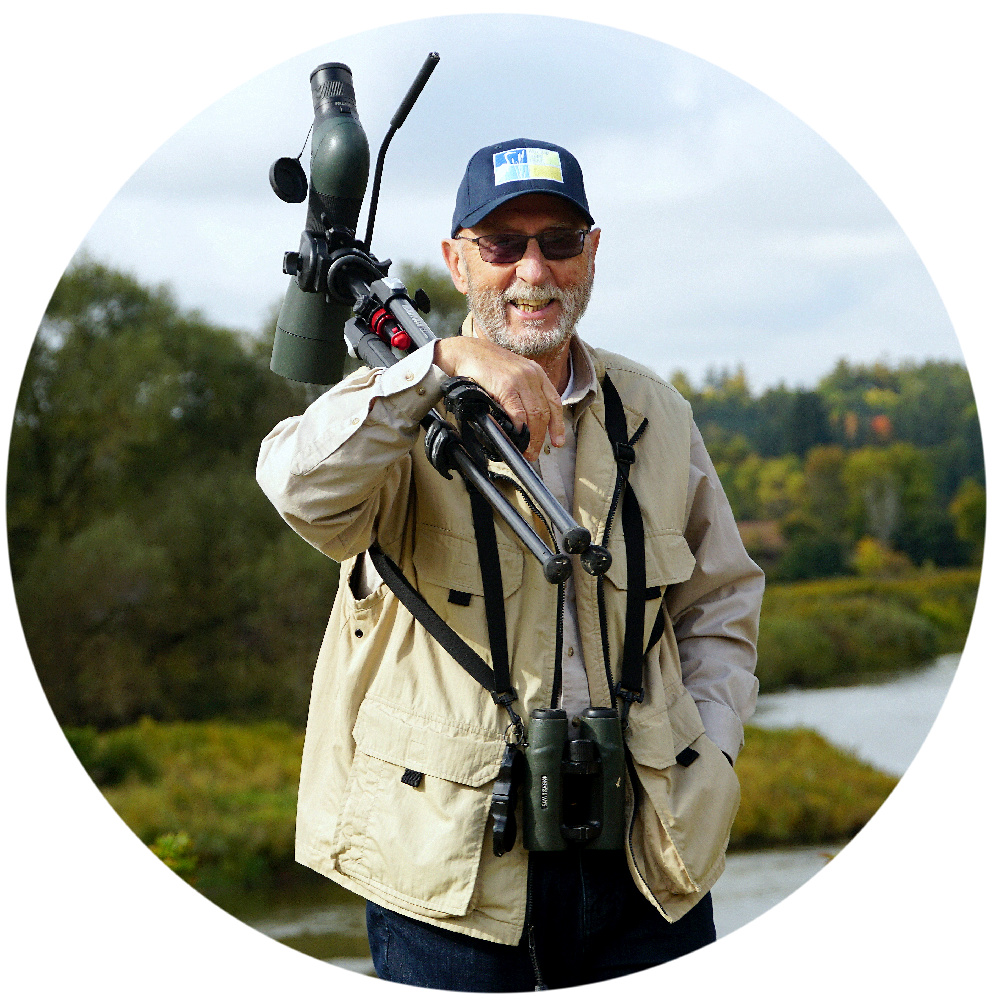There is perhaps in all of us a subliminal desire to be a paleontologist, or a member of an affiliated discipline, whose daily challenge is to uncover hitherto unknown secrets from the past. Now paleobiologists, armed with an arsenal of ever more sophisticated equipment, and computer algorithms that organize and interpret reams of complicated evidence in mere minutes, experience excitement and anticipation at a level higher than ever before. At times it seems that discovery and new evidence arrives almost faster than it can be processed, and novel inter-disciplinary science with focused specialization proliferates.
It was once an accepted article of faith that fossils were composed of rocks and minerals, with not even a hint of molecular evidence. Clearly, this definition is inadequate in 2022, and in a touch of whimsy the author states, "I prefer the definition provided by Britannica Kids: 'Fossils are the remnants or traces of plants and animals that lived long ago." The discovery of biomolecues in deep time illustrates the need for a more inclusive definition of what constitues a fossil.
Greenwalt has shown himself to be one of an increasing cadre of scientists who espouse the value of communicating complex science to the general public and has mastered that rare skill of making a scientific text easily readable, without losing any of its integrity.
As might be imagined, fast-moving science of this nature accentuates the historical rivalries between scientists, academics and their institutions, and internecine quarrels can become vicious, and at times even hinder progress. Reputations are made, at times broken and easily besmirched. Greenwalt does not shy away from this sordid by-product of cutting edge research.
In addition to the eternal quest for the past and answers to the questions about our own origins, biomolecular research has important implications for progress in climate regulation, medical innovation and a host of other aspects of modern life - "..... the potential for ancient biomolecules to inform us about the phylogeny, physiology, pigmentation, and behaviour of deep time organisms has been a primary and eye-opening theme." Even Martian rovers are hunting for biomolecules in the surface soil, in an attempt to reveal clues as to the presence of life, past or extant, on the Red Planet.
The book provides a fascinating journey through the very latest in research into the origins of life on Earth, and the ways in which ancient organisms coped with climate fluctuation, catastrophic weather events and other disasters that befell them - all relevant to the warming planet that we occupy today. No one should be intimidated by this highly readable work, and you will advance your knowledge exponentially.
What better way to start a New Year?
Remnants of Ancient Life - Princeton University Press
Dale E. Greenwalt
Hardcover - US$27.95 - ISBN 9780691221144
288 pages - 5.5 x 8.125 inches (13.75 x 21.25 cm) - 28 black-and-white illustrations - 1 table
Publication date: 17 January 2023






































.JPG)























































.svg.webp)









